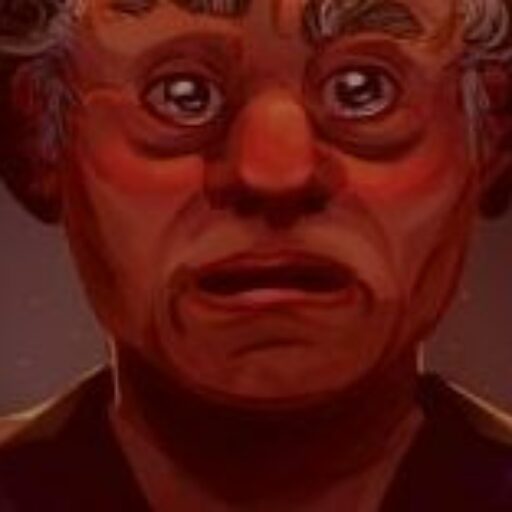Unveiling a Dark Ritual: Why Ancient Egyptians Sacrificed Kittens and Cobras Before Mummification
An estimated 70 million animals were mummified over 1,200 years which has led scientists to study animal mummification as a booming production industry of the times.
Next, Johnston and his team hope to continue their experiments using the new micro CT scan technology to hopefully uncover more valuable information that may have been overlooked.
Next, take a look inside the ancient crocodile mummy that was deliberately hunted down for mummification and then meet ‘Stuckie,’ the mummified dog who has been stuck in a tree for over 50 years.
















